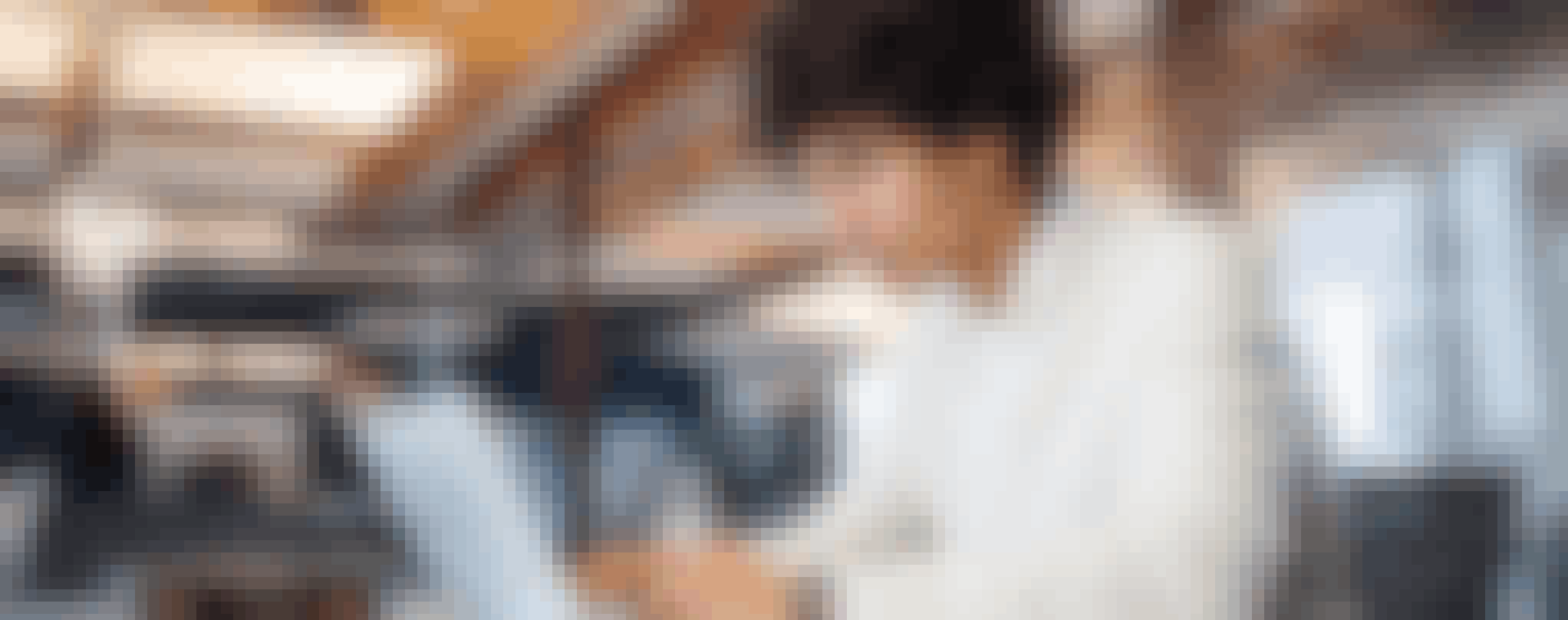This specialization presents the first comprehensive treatment of the foundations of computer vision. It focuses on the mathematical and physical underpinnings of vision and has been designed for learners, practitioners and researchers who have little or no knowledge of computer vision. The program includes a series of 5 courses. Any learner who completes this specialization has the potential to build a successful career in computer vision, a thriving field that is expected to increase in importance in the coming decades.
Applied Learning Project
Learners will develop the fundamental knowledge of computer vision by applying the models and tools including: image processing, image features, constructing 3D scene, image segmentation and object recognition. The specialization includes roughly 250 assessment questions. Proficiency in the fundamentals of computer vision is valued by a wide range of technology companies and research organizations.
















